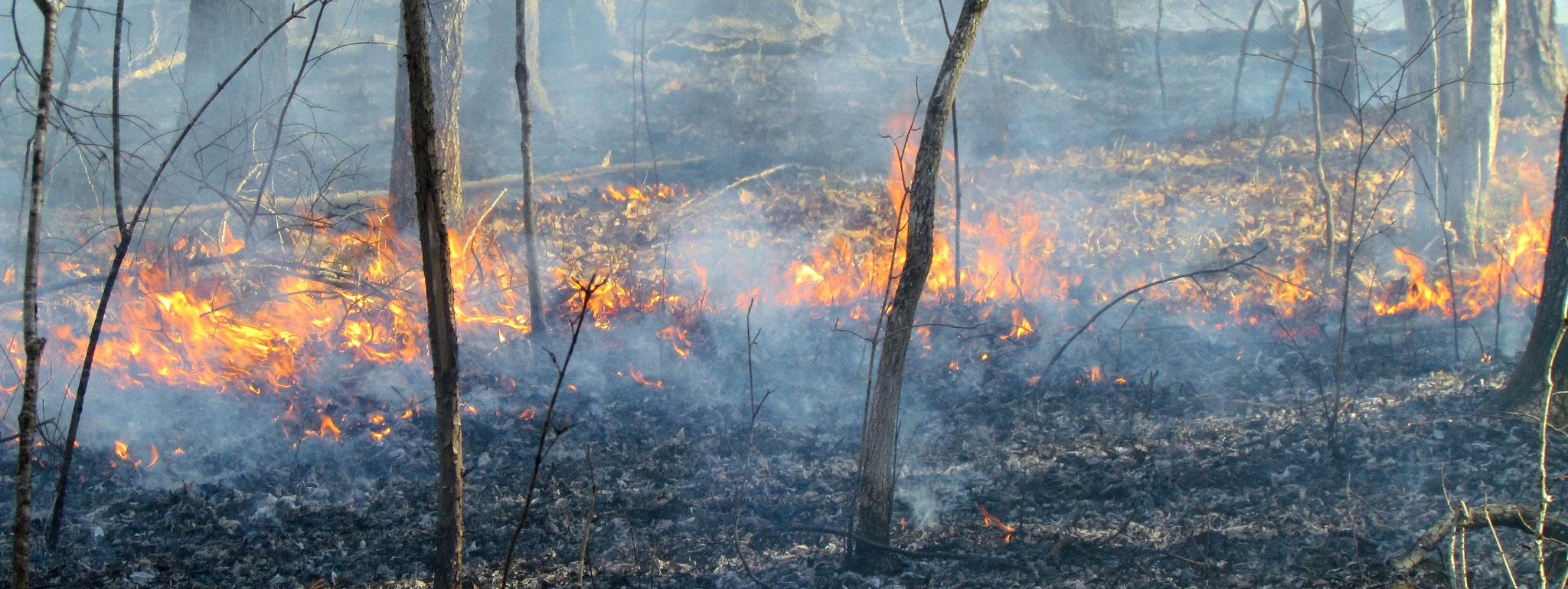
Wildfires
Wildfires pose a significant risk to human health. In some cases, the proximity to the fire itself may cause immediate injury and damage to housing infrastructure. A majority of the risk comes from exposure to smoke or other byproducts of combustion. Wildfire smoke contains air pollutants such as carbon dioxide, carbon monoxide, nitrous oxides, other organic chemicals and particulate matter. As fires move into the area between human development and open land (i.e. the wildland-urban interface) homes and other structures burned release additional toxic chemicals into the air that can also have impacts on human health.
Particulate matter is the greatest health concern related to wildfires. Fine particulates (PM2.5) in wildfire smoke are associated with a range of health effects including excess deaths and respiratory outcomes such as reduced lung function, bronchitis and the worsening of asthma.

Learn more about how wildfires throughout the state and beyond affect environmental and human health in Durham in the Wildfires section of the 2023 Durham County Community Health Assessment.
Source: 2023 Durham Community Health Assessment - Chapter 11
During the summer of 2023, smoke from wildfires ravaging Canada traveled hundreds of miles across the Eastern United States to North Carolina producing hazardous levels of fine particulate matter (PM2.5) compared to previous years during three different events. The significant degradation in Durham’s air quality related to wildfire smoke events indicates that wildfires are a health issue for Durham even if they are located more than 1,000 miles away.
Climate Change and Wildfires
According to the 2020 North Carolina Climate Science Report, “it is likely that future severe droughts in their multiple forms in North Carolina will be more frequent and intense due to higher temperatures leading to increased evaporation…[and] as a result, it is likely that the frequency of climate conditions conducive to wildfires in North Carolina will increase.”


